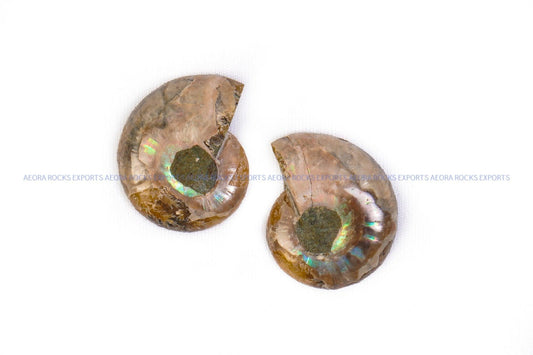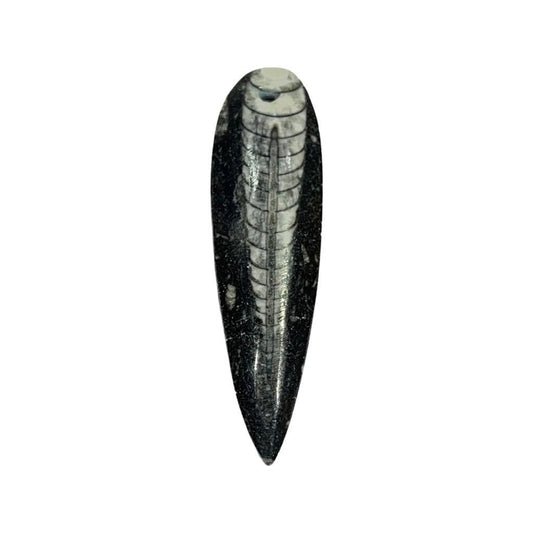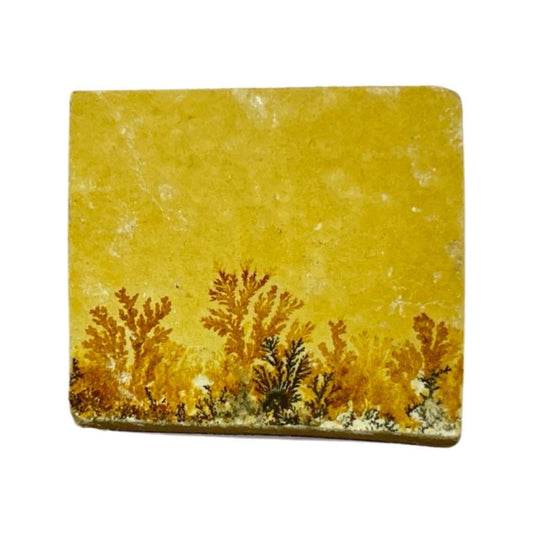Fossils are the preserved remains or traces of ancient organisms that lived in the past. They provide valuable evidence of the history of life on Earth and offer insights into the diversity, evolution, and extinction of various species. Fossils can range from the hard remains of animals, such as bones, teeth, and shells, to the impressions of soft tissues or tracks left behind by ancient creatures.
The formation of fossils begins when an organism dies and is quickly buried in sediment, such as mud or sand, which helps protect it from decay and scavengers. Over time, the layers of sediment gradually harden into rock, preserving the remains within. Through a process called fossilization, the organic materials of the organism are gradually replaced by minerals, resulting in a fossil that can endure for millions of years.
Fossils provide scientists with important clues about the Earth's geological history and the evolution of life. By studying fossils, paleontologists can reconstruct ancient ecosystems, track changes in species over time, and uncover information about the climate and environment of the past.
Fossils come in a wide variety of forms, from the famous dinosaur bones to microscopic organisms preserved in ancient rocks. They can be found in various locations around the world, such as sedimentary rocks, caves, amber, and even frozen in ice.
The study of fossils, known as paleontology, has contributed significantly to our understanding of the Earth's history and the development of life. Fossils are not only scientifically valuable but also hold great fascination for people interested in the wonders of the natural world. They provide a tangible link to the ancient past and offer glimpses into the diverse and fascinating life forms that once inhabited our planet.




